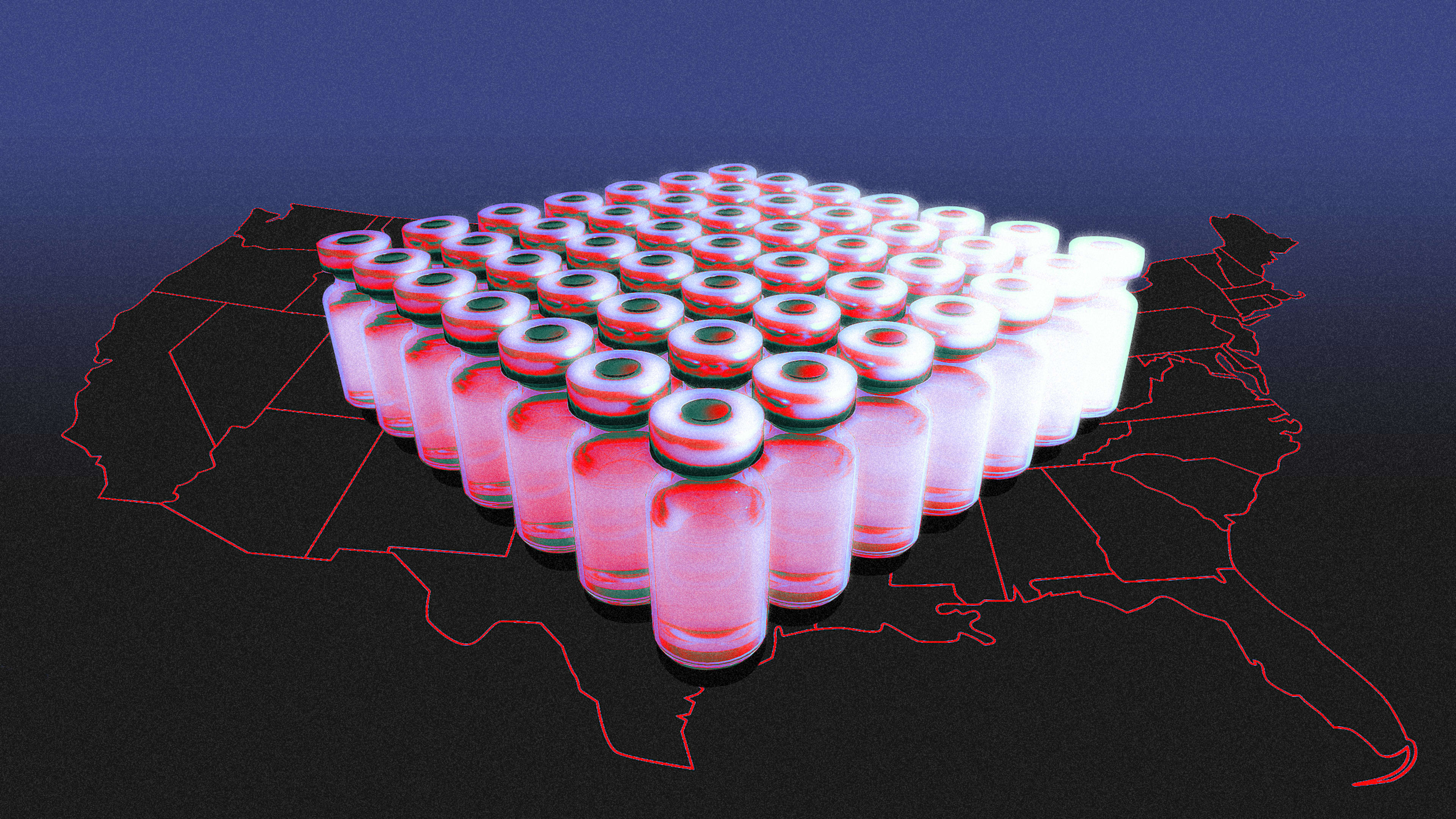More than two months after the first COVID-19 vaccine was approved in the U.S. and healthcare workers began getting shots, only around 14% of the population has gotten at least one dose. At the current rate of around 1.5 million jabs per day, it will take until next February for 90% of Americans to be vaccinated.
Part of the problem now is that there still aren’t enough vaccines to go around. But as Moderna, Pfizer, and Johnson & Johnson ramp up production, other barriers will start to become more obvious. A new tool from the nonprofit Surgo Ventures maps out factors that will make the rollout slower in some parts of the U.S. than others. You can search for your own county here.
“We see a need for more precision and how we respond to the pandemic,” says Sema Sgaier, cofounder and CEO of Surgo Ventures and adjunct assistant professor at the Harvard T.H. Chan School of Public Health. The organization has been rolling out related tools throughout the pandemic, including a map showing where communities are most vulnerable to the virus. “What that means is how do we really understand what are the local barriers at state and county, and therefore, how can we have really customized solutions to those barriers?”
The index looks at 28 factors that can influence vaccination, from poverty and unemployment rates to the percentage of people living in an area who don’t have access to the internet or who speak only limited English. More than half of the counties in the country face at least one barrier. “Rural communities are three times more likely than urban communities to really be facing significant barriers,” Sgaier says. In the South, communities are more likely to have less access to healthcare. In many areas in the Western U.S., they’re less likely to go to the doctor regularly.
The federal government can use the tool to better understand where we need more resources, either in terms of funding or other support, such as vaccination sites run by the Federal Emergency Management Agency. States can also use the data to figure out where to send limited resources, even if they already had some understanding of the barriers.
“One of the things we found is that there actually could be blind spots—they think they may have a sense, but the data may actually show that hey, look, this is an area of concern that they may not have known before,” Sgaier says. “And having hard data to support what people on the front lines know from experience is really useful when trying to make a case.”
While the challenges in each county are different, all the barriers can be addressed. In Crisp County, Georgia, for example, where the health system is weak, a third of the population lives in poverty, there are low levels of internet connectivity, people may be more likely to be hesitant about taking the vaccine, and people are more than twice as likely as the average American to lack access to transportation, the government could offer mobile vaccine clinics and partner with trusted community organizations to share information about the vaccine and help people register for appointments. Says Sgaier: “I think the good news is that all of these are solvable things.”
Recognize your brand’s excellence by applying to this year’s Brands That Matter Awards before the early-rate deadline, May 3.
